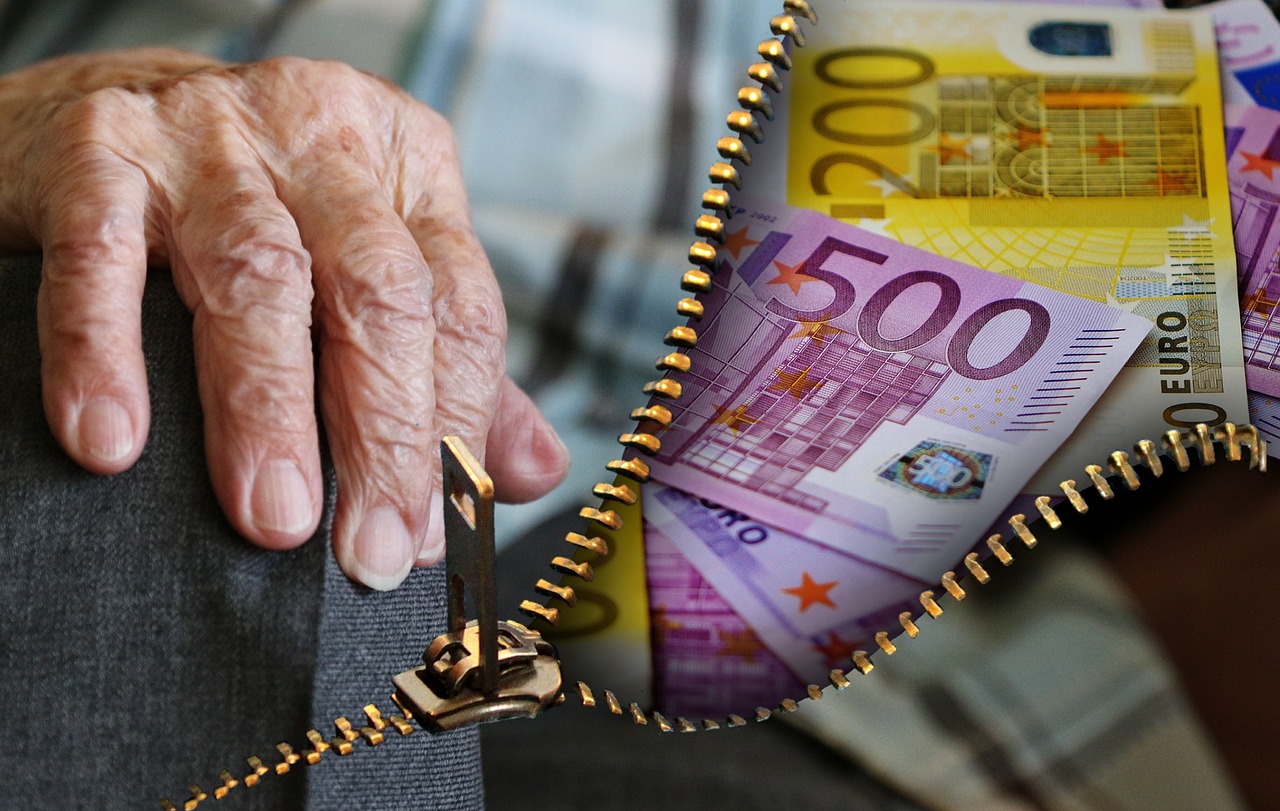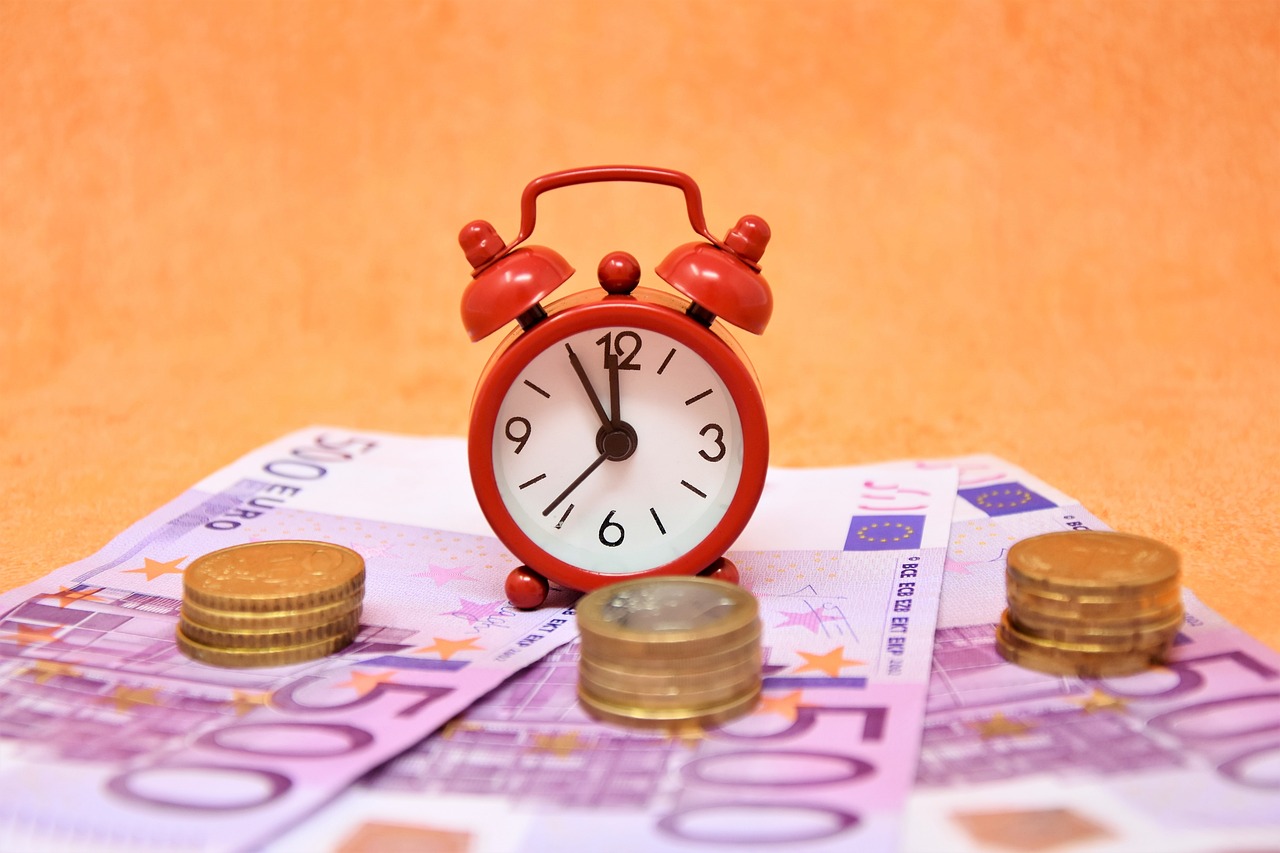Uncovering the Intriguing Aspects of Brazils Currency: An In-Depth Look at the Central Bank, Political Influence, Banknote Security, and More!
GPT_Global - 2024-03-21 09:30:10.0 680
What is the role of the Central Bank of Brazil in managing the currency?
The Central Bank of Brazil, also known as Banco Central do Brasil, plays a crucial role in managing the currency of the country. As the primary monetary authority of Brazil, the central bank is responsible for maintaining the stability of the Brazilian real and implementing policies to support the country's economic growth. This makes it an important factor for those involved in the remittance business.
One of the key roles of the Central Bank of Brazil is to regulate the foreign exchange market. This includes setting guidelines for the buying and selling of foreign currencies, as well as monitoring and supervising financial institutions that operate in this market. These regulations help to prevent currency manipulation and maintain the value of the Brazilian real.
The central bank also manages the country's international reserves, which are crucial for ensuring the stability of the Brazilian economy. These reserves are used to intervene in the foreign exchange market, buying or selling currencies to help maintain the value of the Brazilian real. This can have a significant impact on the cost of remittances, as it affects the exchange rates between countries.
Additionally, the Central Bank of Brazil plays a role in controlling inflation. By setting interest rates, the bank aims to keep inflation within a target range, which helps to maintain the purchasing power of the Brazilian real. This can also have an indirect effect on the cost of remittances, as inflation can impact the overall cost of living and therefore affect the amount of money sent back home.
In conclusion, the Central Bank of Brazil plays a vital role in managing the currency and maintaining the stability of the country's economy. As such, it has a direct impact on the cost and efficiency of remittance services in Brazil. For those involved in the remittance business, it is essential to keep an eye on any policy changes or updates from the central bank to stay informed and make informed decisions regarding international money transfers.

How has the Brazilian real been affected by political events in the country?
The Brazilian real is the official currency of Brazil and is also known as BRL. It has been a topic of interest for many people, especially those in the remittance business. This is because the value of the Brazilian real has been greatly influenced by political events in the country.
One of the main reasons for the constant fluctuations in the value of the BRL is the political instability in Brazil. Whenever there is a major political event, such as an election or corruption scandal, the currency takes a hit. This is due to the uncertainty and lack of confidence in the economy, leading to a decrease in demand for the real.
The recent political turmoil in Brazil, with the impeachment of former President Dilma Rousseff and the ongoing corruption investigation, has had a significant impact on the value of the real. In 2016, the real fell by nearly 20% against the US dollar, making it one of the worst performers among emerging market currencies.
Moreover, the economic policies implemented by the government also play a crucial role in determining the value of the BRL. For instance, the devaluation of the currency in 2015 was a result of the government's decision to reduce interest rates in order to boost economic growth. This move led to a decrease in foreign investment and a weaker real.
However, despite these challenges, the Brazilian real remains a popular choice for remittance business. This is because it still offers competitive exchange rates and comparatively lower transaction fees compared to other currencies in the region.
In conclusion, the Brazilian real has been greatly affected by political events in the country, causing it to be volatile and unpredictable at times. As a result, it is important for businesses in the remittance industry to closely monitor the political landscape in Brazil in order to make informed decisions when it comes to currency exchange.
Are there any unique security features on Brazilian banknotes?
Brazilian banknotes have unique security features that not only make them visually appealing but also protect against counterfeiting. These measures are crucial for the safety and integrity of remittance businesses, as well as for the confidence of consumers in the currency.
One of the most distinctive security features on Brazilian banknotes is the use of tactile marks for the visually impaired. These raised dots are strategically placed on different denominations, allowing those with visual impairments to easily identify the value of each note through touch. This feature not only promotes inclusivity but also makes it harder for counterfeiters to replicate the banknotes.
In addition to tactile marks, Brazilian banknotes also have unique watermarks that can only be seen when held up to light. These watermarks are made with specialized paper and create a three-dimensional effect, making it difficult for counterfeiters to reproduce. This feature is especially important for remittance businesses as they handle large amounts of cash, making them potential targets for counterfeit bills.
The use of color-shifting ink is another security measure found on Brazilian banknotes. This type of ink changes color when viewed from different angles, making it nearly impossible for counterfeiters to recreate. These color-shifting elements can be found on various parts of the banknote, such as the denomination numeral, making it easy for businesses and consumers to verify the authenticity of the bill.
Furthermore, Brazilian banknotes use microprinting, which involves printing tiny letters or numbers that are almost invisible to the naked eye. These microprints are used in intricate patterns throughout the banknote, making it challenging for counterfeiters to imitate. This feature ensures the safety of remittance businesses by providing a reliable way to verify the legitimacy of banknotes.
The Brazilian government also regularly updates and improves the security features of its banknotes to stay ahead of counterfeiters. This commitment to continuously enhancing security measures provides peace of mind for remittance businesses and consumers alike, knowing that the currency they are using is protected against fraud.
In conclusion, Brazilian banknotes have several unique security features that make them challenging to replicate and easy to authenticate. These measures not only protect against counterfeiting but also promote inclusivity for all users of the currency. As a result, businesses in the remittance industry can confidently handle Brazilian banknotes, ensuring the safety and integrity of their operations.
What are some common scams involving counterfeit money in Brazil?
Brazil is a beautiful country with a vibrant culture and many tourist attractions. Unfortunately, it is also known for its high rate of counterfeit money scams. If you are planning to send or receive money in Brazil, it is important to be aware of the common scams involving counterfeit money.
One of the most common scams in Brazil is the "bill switch" scam. This involves a vendor or taxi driver giving tourists change with fake bills. They will often distract the victim with small talk or by asking for help, making it easier for them to switch the real bill for a fake one.
Another common scam is the "overpayment" scam. This occurs when someone pays for an item or service with a large bill, such as a 100 real note, and the vendor claims they do not have enough change. When the victim hands over smaller bills, the vendor will switch them for counterfeit ones and return them as change.
Fake currency can also be found at street markets and during informal transactions. It is important to carefully check any bills received in these situations for signs of counterfeiting, such as blurry print or incorrect watermarks.
The best way to protect yourself from counterfeit money scams in Brazil is to use reputable remittance services. These businesses have strict security measures in place to prevent the circulation of fake currency. They also offer competitive exchange rates and quick, reliable money transfers.
In conclusion, it is crucial to be aware of the common scams involving counterfeit money in Brazil. By using trusted remittance services and being vigilant when handling cash, you can ensure the safety and security of your money transactions in this beautiful country.
How does the cost of living in Brazil compare to other countries?
Brazil is a popular destination for tourists and expats alike, known for its vibrant culture, beautiful beaches, and bustling cities. However, when it comes to the cost of living, how does Brazil compare to other countries? Let's take a closer look at the expenses you can expect in this South American nation.
In general, the cost of living in Brazil is lower compared to many developed countries such as the United States and European nations. This is due to factors such as a weaker currency and lower labor costs. However, prices can vary greatly depending on the city and region you're in. For example, major cities like Rio de Janeiro or Sao Paulo tend to have higher costs of living compared to smaller towns and rural areas.
Housing is one of the biggest expenses in Brazil, with rent prices being particularly high in popular cities. Additionally, food and grocery prices can also be quite expensive, especially for imported goods. However, public transport and healthcare costs are relatively affordable. Overall, it's important to carefully consider your budget and research the specific costs in the area you plan to live in before making any decisions.
For those who have family and loved ones back home, sending money through a remittance service is a common practice. Fortunately, Brazil has a wide variety of remittance options available, with competitive exchange rates and fees. Whether you're sending money for personal or business reasons, there are many reliable providers to choose from.
In conclusion, while the cost of living in Brazil may be lower compared to some countries, it is still important to carefully plan and budget to ensure a comfortable lifestyle. With the variety of remittance options available, staying connected with loved ones and managing financial obligations is made easier for those living in Brazil.
What was Brazil's first official currency before the real was introduced?
Brazil is the largest country in South America and is home to a population of over 200 million people. Its economy has had a complex history, which includes several different official currencies. However, before the real was introduced, Brazil's first official currency was the cruzeiro.
The cruzeiro was introduced in 1942 as a replacement for the real, which had been the country's currency since 1690. The real, also known as the "réis," was named after the Portuguese real and was used during the colonial period. When Brazil gained its independence in 1822, the real continued to be the country's official currency.
In 1942, the Brazilian government decided to change the name of their currency to the cruzeiro. The decision was made to honor the discovery of Brazil by Pedro Álvares Cabral in 1500. The cruzeiro was also divided into 100 centavos, just like the real.
The cruzeiro went through several revaluations and devaluations over the years, with the most significant one occurring in 1967 when it was replaced by the "cruzeiro novo." In 1970, the cruzeiro novo was once again replaced by the "cruzeiro," and in 1986, the "cruzado" was introduced. However, the cruzado only lasted for three years before it was replaced by the "cruzado novo."
In July 1994, in an effort to stabilize the inflation rate, the Brazilian government introduced the real as the country's official currency. The conversion rate was one real to one cruzado novo. Since then, the real has remained as Brazil's official currency, with one real being equal to 100 centavos.
In conclusion, before the real was introduced in 1994, the cruzeiro was Brazil's first official currency. It played a significant role in the country's economic history and was used for over 50 years as Brazil's main form of currency. Today, the real continues to be the country's official currency, making it an essential currency for international remittance services.
Are there any cultural or historical reasons for the design of Brazilian banknotes?
Brazilian banknotes are known for their vibrant colors and unique designs, but have you ever wondered if there are any cultural or historical reasons behind their design? As a remittance business, understanding the background of these banknotes can provide insight into the rich culture of Brazil and its people.
The first Brazilian banknotes were introduced in 1810, during the reign of Prince Regent Dom João VI. These notes featured intricate designs with elements of Portuguese culture, such as the royal coat of arms and portraits of members of the Portuguese monarchy. This reflects Brazil's history as a former Portuguese colony.
In the 1960s, the Brazilian government introduced the Cruzeiro as the country's official currency. The banknotes had a more modern design, featuring images of prominent figures in Brazilian history, such as Pedro Álvares Cabral, who discovered Brazil, and Tiradentes, a national hero who fought for independence. These designs aimed to instill a sense of national pride and celebrate Brazil's rich history.
As the country continued to evolve, so did its banknotes. In 1986, the Real was established as Brazil's new currency, with banknotes that incorporated iconic landmarks and natural wonders, like the Iguazu Falls and the Amazon rainforest. These designs showcase Brazil's diverse geography and serve as a reminder of the country's natural beauty.
Today, the Brazilian real continues to feature a variety of designs, including famous Brazilian animals, cultural symbols, and important historical figures. The use of bright colors and unique designs is a reflection of Brazil's vibrant and lively culture.
In conclusion, the design of Brazilian banknotes is deeply rooted in the country's history and culture. As a remittance business, it is important to understand the significance of these designs and how they represent Brazil's identity. By providing this context to your customers, you can enhance their understanding and appreciation for the Brazilian currency and its people.
How does the value of the Brazilian real impact international trade?
The Brazilian real, Brazil's national currency, has a significant impact on international trade due to its fluctuating value in the global market. As an emerging economy, Brazil plays a crucial role in international trade, and any changes in its currency can greatly affect the economies of other countries. One major factor that determines the value of the Brazilian real is the country's economic stability. When the economy is strong and stable, the currency tends to appreciate, making imports cheaper and exports more expensive. This can negatively impact a country's trade deficit as it becomes more expensive to import goods from Brazil. On the other hand, when Brazil's economy is facing challenges, such as high inflation rates or political instability, the value of the real typically decreases. This can make imports more expensive, but also boost exports as foreign buyers can purchase Brazilian goods at a lower cost. This can lead to a trade surplus for Brazil and benefit the country's economy. The value of the Brazilian real also has a direct impact on remittance businesses. People living and working abroad often send money back to their families in Brazil, and the exchange rate greatly affects the amount of money received. When the real is strong, remittances are worth more in local currency, and vice versa. For remittance businesses, it is essential to closely monitor the value of the Brazilian real and inform customers of any fluctuations. This helps individuals and families receiving remittances to plan their finances accordingly and make the most out of their received funds. In conclusion, the value of the Brazilian real has a significant impact on international trade and remittance businesses. As an emerging economy, Brazil's currency is closely watched by global markets, and any changes can have ripple effects on trade and financial flows. Businesses that operate in Brazil or have dealings with the country should pay attention to the real's value and its potential impacts on their operations.
About Panda Remit
Panda Remit is committed to providing global users with more convenient, safe, reliable, and affordable online cross-border remittance services。
International remittance services from more than 30 countries/regions around the world are now available: including Japan, Hong Kong, Europe, the United States, Australia, and other markets, and are recognized and trusted by millions of users around the world.
Visit Panda Remit Official Website or Download PandaRemit App, to learn more about remittance info.



